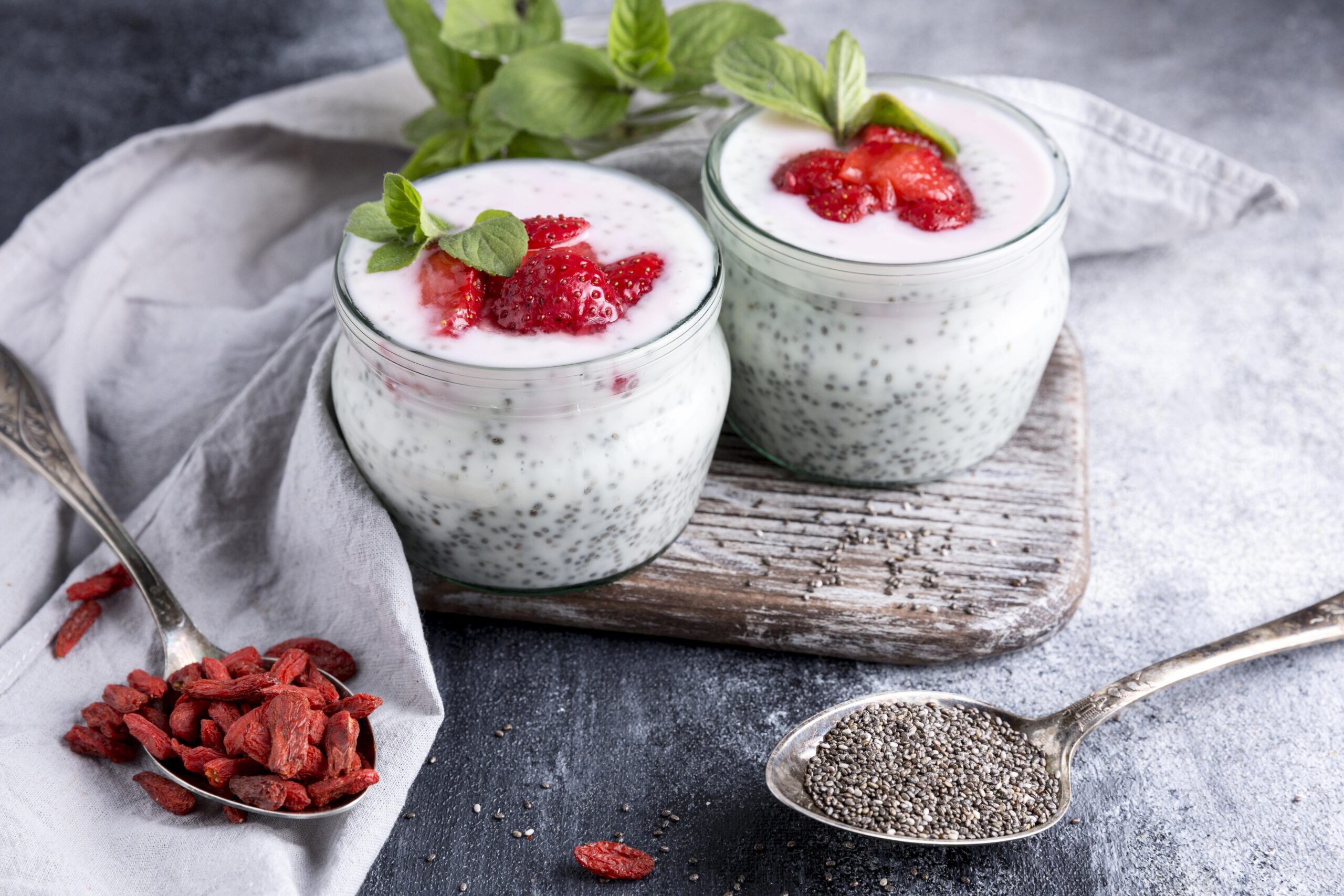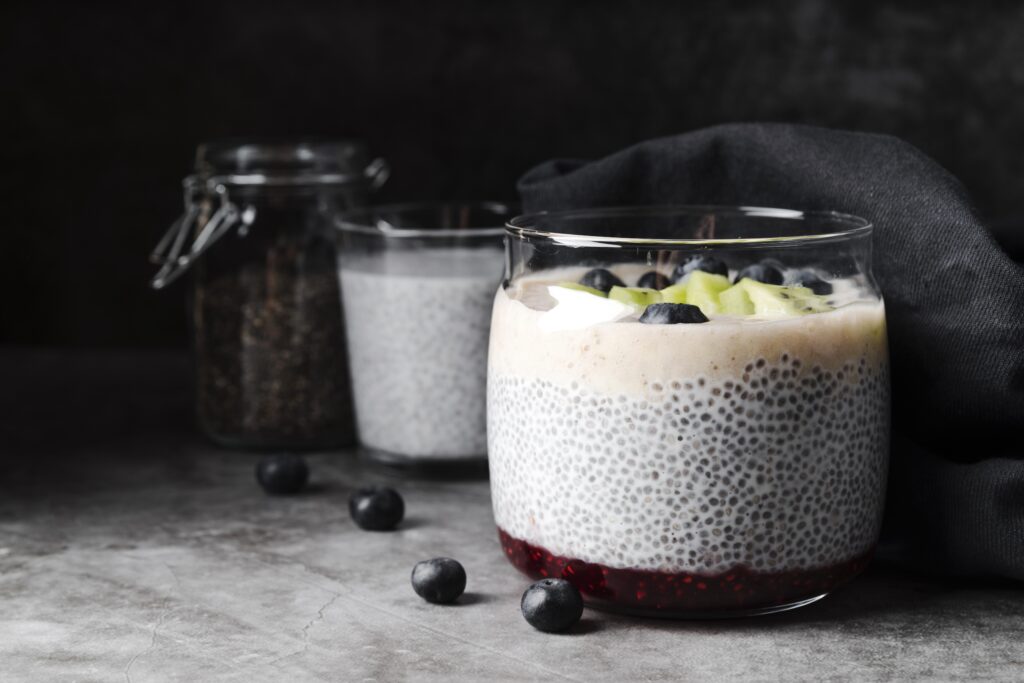80 Thoughtful Sunday Quotes to Inspire Peace


Chia seed pudding has become a staple in the world of health-conscious eating, offering a delicious and nutritious option for breakfast or dessert. However, achieving the perfect consistency and flavor can sometimes be a challenge. This guide will walk you through essential techniques, common pitfalls, and creative variations to ensure your chia seed pudding is always a success. Whether you’re a seasoned home cook or new to the world of chia seeds, you’ll find practical tips and inspiring ideas to elevate your pudding-making experience.

Creating the ideal chia seed pudding involves a few key techniques that ensure a smooth, creamy texture and balanced flavor. Understanding these basics will set you up for success every time.
The foundation of a great chia seed pudding starts with high-quality ingredients. Opt for organic chia seeds, as they tend to absorb liquid better and provide a richer texture. For the liquid base, almond milk, coconut milk, or any preferred plant-based milk can be used, depending on your dietary needs and taste preferences.
The standard ratio for chia seed pudding is 3 tablespoons of chia seeds to 1 cup of liquid. This balance ensures the seeds have enough liquid to absorb, resulting in a creamy pudding. Adjust the ratio slightly to achieve your desired consistency.
Proper mixing is crucial to prevent clumping. Stir the chia seeds thoroughly into the liquid and let the mixture sit for about 5 minutes. Stir again to break up any clumps before covering and refrigerating. Allow the pudding to set for at least 2 hours, or overnight for best results.
Even with simple recipes, common mistakes can lead to unsatisfactory results. Understanding these pitfalls will help you avoid them in your chia seed pudding endeavors.
Using too many or too few chia seeds can affect the texture. Stick to the recommended ratio and adjust only slightly if necessary.
Failing to stir the mixture adequately can result in clumps. Stir well initially and again after a few minutes to ensure even distribution of the seeds.
Chia seeds need time to absorb the liquid fully. Skipping the resting period will result in a watery pudding. Patience is key to achieving the perfect texture.
If your chia seed pudding doesn’t turn out as expected, don’t worry. Here are some quick fixes to common issues.
If your pudding is too watery, add a tablespoon of chia seeds, stir, and let it sit for another hour. This should thicken the mixture sufficiently.
If the pudding is too thick, simply add a bit more liquid, stir well, and allow to rest for a few more minutes.
Add a touch of vanilla extract, a pinch of salt, or a sweetener like maple syrup to enhance the flavor. Stir well to incorporate.
Chia seed pudding offers a versatile base that can be easily customized with various flavors and toppings. Here are some creative recipes to try.
Ingredients:
Method: Mix all ingredients, let sit for 5 minutes, stir again, and refrigerate for at least 2 hours.
Ingredients:
Method: Whisk cocoa powder into milk before adding other ingredients. Mix, let sit, stir, and refrigerate.
Ingredients:
Method: Puree berries and honey, mix with other ingredients, let sit, stir, and refrigerate.
Ingredients:
Method: Blend peanut butter with milk, combine with other ingredients, let sit, stir, and refrigerate.
Maple syrup is a popular natural sweetener that pairs well with chia pudding. Its rich, caramel-like flavor complements the nutty taste of chia seeds, providing a balanced sweetness without overpowering the dish. Adjust the amount based on your preference.
Chia seed pudding is naturally gluten-free and can easily be made dairy-free, making it an excellent choice for those with dietary restrictions.
Almond, coconut, soy, and oat milk are all great dairy-free options. Each brings a unique flavor and texture, so feel free to experiment to find your favorite.
While chia seeds are gluten-free, always check labels of other ingredients like flavorings and sweeteners to ensure they are safe for a gluten-free diet.
Chia seed pudding is perfect for meal prep, as it can be made in advance and stored for quick, healthy meals throughout the week.
Prepare a large batch of chia pudding and divide it into single-serving containers. This makes it easy to grab a portion on busy mornings or for a snack.
Store toppings like fruits, nuts, or granola separately and add them just before serving to maintain freshness and texture.
Proper storage is key to maintaining the freshness and flavor of your chia seed pudding.
Store chia pudding in an airtight container in the refrigerator for up to 5 days. This keeps it fresh and prevents it from absorbing unwanted odors.
For longer storage, chia pudding can be frozen. Divide it into freezer-safe containers and thaw in the refrigerator overnight before serving.
Chia seed pudding is incredibly versatile and can be enjoyed at any time of the day.
Serve with fresh fruit and nuts for a nutritious start to your day.
Enjoy a small portion as a mid-day snack to keep your energy levels up.
Dress it up with chocolate shavings or a drizzle of honey for a healthy dessert option.
Chia seeds are packed with nutrients, making them a valuable addition to any diet.
These essential fats support heart health and cognitive function.
Fiber aids digestion and helps maintain a healthy weight by promoting a feeling of fullness.
Chia seeds provide a plant-based protein source, essential for muscle repair and growth.
Chia seed pudding is highly customizable, allowing you to tailor it to your taste and dietary needs.
Swap sweeteners like honey or agave syrup for maple syrup, or use different plant-based milks to change the flavor profile.
Incorporate ingredients like cocoa powder, matcha, or protein powder for additional flavor and nutrition.
Coconut milk offers a rich, creamy texture that enhances the indulgence of chia seed pudding.
Full-fat coconut milk provides a richer taste, while light coconut milk offers a lower-calorie alternative. Choose based on your dietary goals and flavor preference.
Coconut milk pairs well with tropical fruits like mango and pineapple, adding an exotic twist to your pudding.